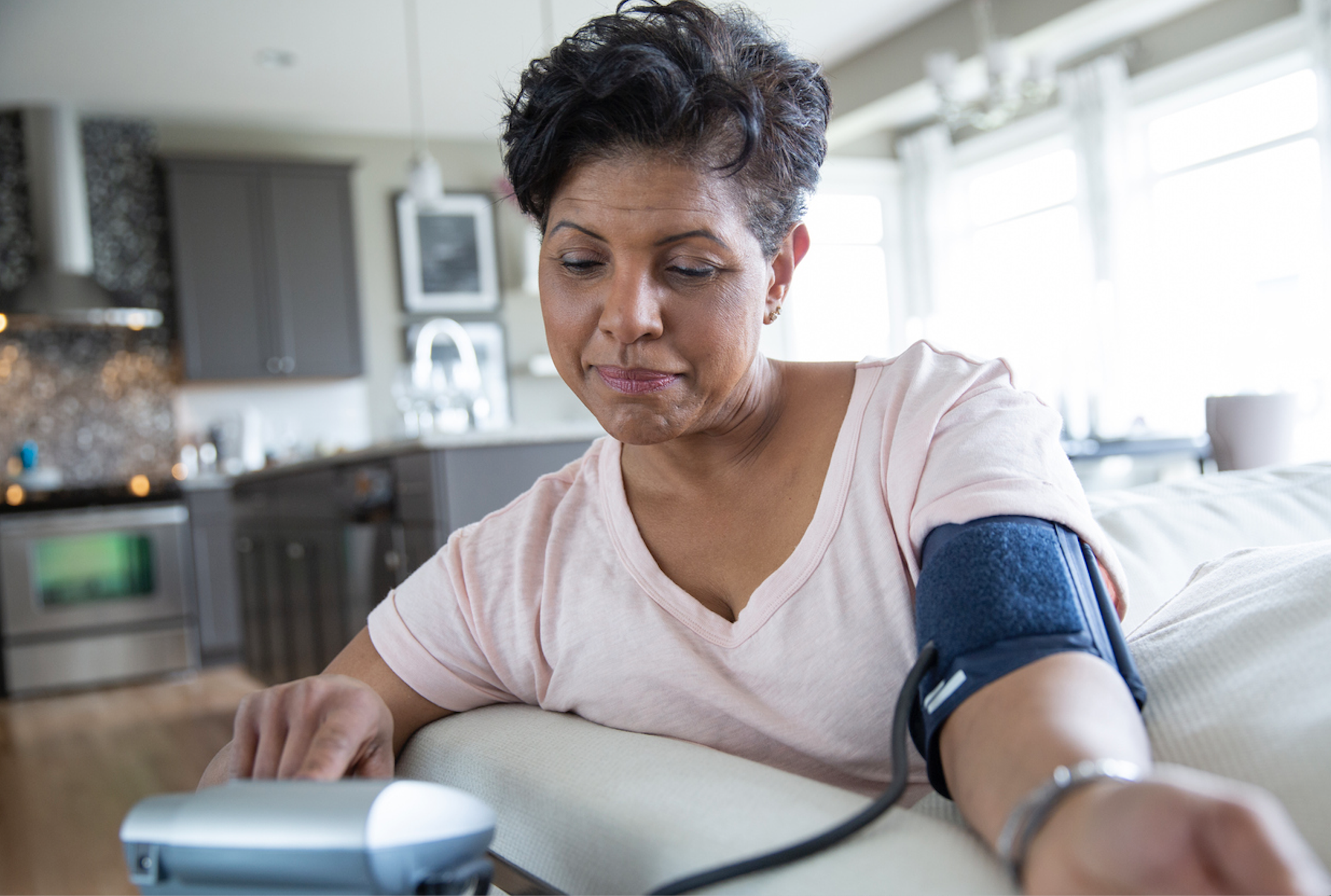Off The Cuff: Be Careful Monitoring Your Blood Pressure
September 20, 2023

So what do your numbers add up to? Your blood pressure numbers, that is. High blood pressure often has no symptoms yet is the cause of substantial ill health and premature death (estimates are over 650,000 US deaths per year are related to high blood pressure). So it’s critical that you know your blood pressure numbers and keep an eye out for changes (especially as you get older and if you are at risk for high blood pressure). In fact, the World Health Organization recently reported that worldwide, nearly half of all adults who have high blood pressure are unaware of it. Normal blood pressure puts you in the range of 120 or below for your systolic pressure and 80 or below for your diastolic pressure. Anything above 130/80 and you’re entering hypertension (high blood pressure) range which likely means medication and lifestyle changes to bring those numbers down. If you’re older, is there some flexibility in those numbers? Current expert opinion is that for older adults, who may experience higher blood pressure due to body changes and stiffer arteries, the threshold numbers for having and treating high blood pressure are the same as for younger people. Anything over 130/80 and your physician may recommend some intervention, as evidence shows more intensive treatment to lower blood pressure in older adults may lead to fewer strokes and heart attacks in older populations.
All this means that as you get older, it’s critical that you regularly monitor your blood pressure. While checking your blood pressure is usually part of an annual medical check-up, chances are that you may be advised to check your blood pressure on a regular basis at home. And that’s where you may get into some challenges and trouble. While your physician is likely to measure blood pressure during each visit, it’s common that between visits blood pressure readings can change significantly and put those with high blood pressure at risk without even realizing it. Therefore it’s often recommended you conduct a daily assessment of your own at home. There are lots of devices on the market and you can research whether a specific device has been validated as accurate for home use. What’s considered critical for your daily assessment is that you empty your bladder and wait 5 minutes before testing yourself, you test yourself at the same time each day, and you take a few readings (giving yourself a moment between measurements) and consider the highest result as accurate.
But in recent months, several problems have surfaced which put into question the accuracy of these home assessments. First, recent research has made clear that blood pressure measurements can be different for a patient sitting up versus lying down. Your blood pressure could register as normal sitting up but if taken while lying down, it could be considered high (called supine hypertension) and would put you at risk, though you may not realize it if the assessment weren’t done while you were lying down. In fact, a recent study presented at the 2023 American Heart Association Hypertension Scientific Sessions, showed that just measuring sitting blood pressure alone may cause you to miss hypertension. Find out more here.
There’s also increasing evidence that the cuff used to wrap around your arm to measure blood pressure could give you false readings if it doesn’t fit your arm correctly. As one physician has made clear in a recent op-ed, size matters when it comes to blood pressure cuffs. If the cuff is too large, it may suggest a falsely low blood pressure, and if the cuff is too small, it may falsely appear that your blood pressure is high. It’s definitely something to discuss with your doctor and consider when purchasing a machine to measure blood pressure in your home. For more on the importance of appropriate cuff size, among other considerations of your home machine, extend your arm and read here and here.
Finally, did you know that blood pressure may vary from summer to winter? Apparently, in the colder weather, as you experience vasoconstriction and your arteries tighten up, it’s possible that your blood pressure may rise in ways that would be meaningful and require additional medical attention. So before the cold sets in, understand what may happen to your blood pressure and what you may need to discuss with your physician.







